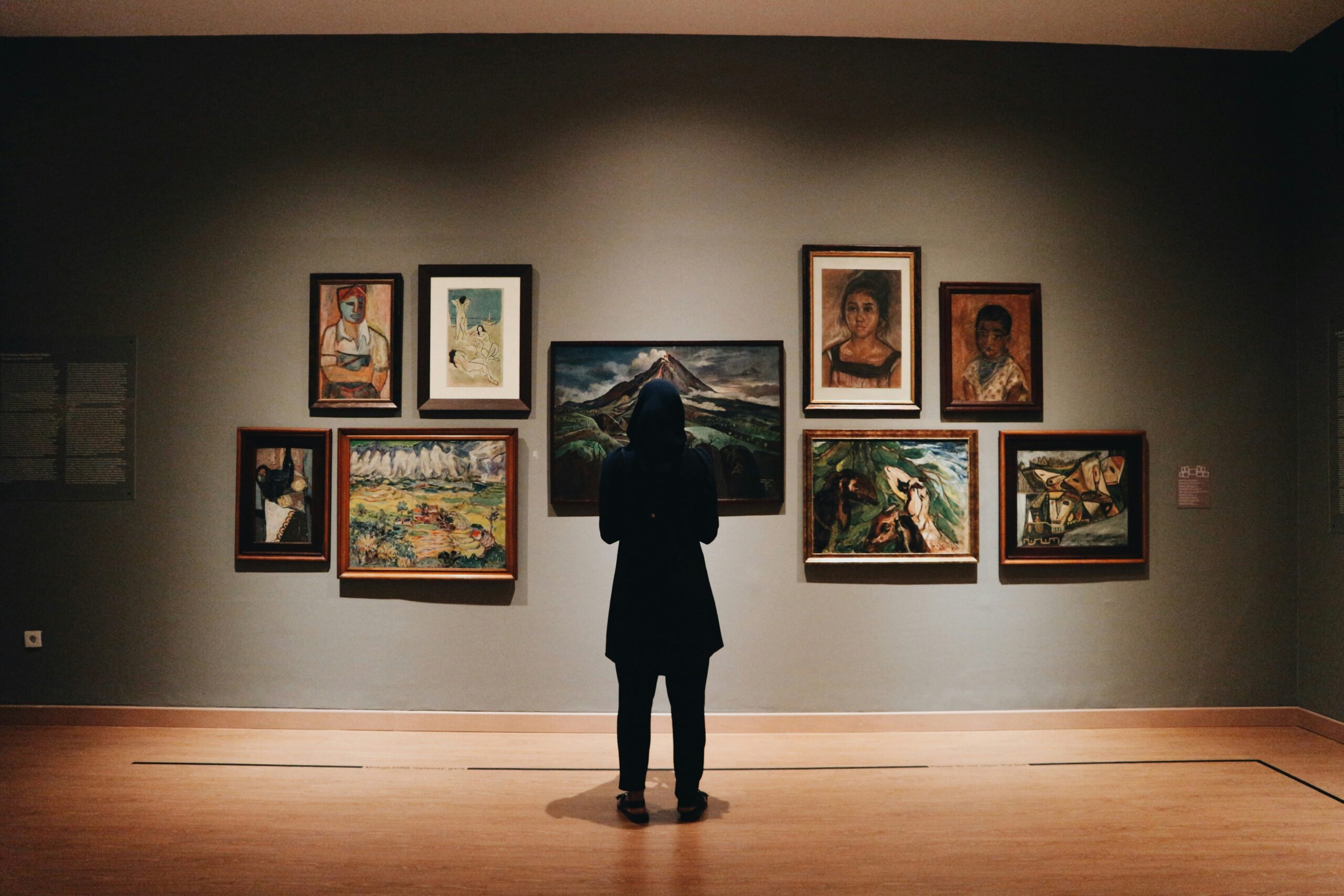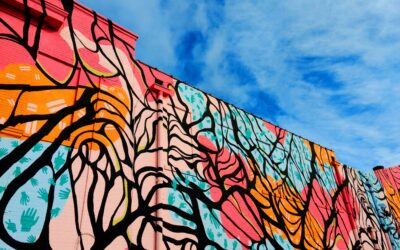Art is not just about aesthetics — it reflects how we live, think, and feel as part of a culture that shapes us.
1. Art and Culture: Two Inseparable Forces
Since the first cave paintings, art has been a way for humans to express their cultural identity.
Art records what people value, how they see the world, and how they understand life, death, love, and belief.
Every artwork is created within a cultural and social context.
Even the most modern or abstract pieces carry traces of the artist’s environment, values, and collective memory.
As culture evolves, so does art — and vice versa.
2. Colors, Symbols, and Cultural Meaning
Many elements in art carry deep cultural meaning.
For instance:
Red symbolizes luck and happiness in Chinese culture, but can mean danger or passion in Western contexts.
Batik motifs in Indonesia reflect social status, ceremonial traditions, or regional identity.
Masks in traditional art often represent spirits, mythology, or moral lessons from a specific culture.
When artists are connected to their cultural roots, their works resonate with meaning beyond the visual surface.
3. Abstract Art and Modern Cultural Identity
Even abstract art, which often avoids literal representations, is influenced by cultural experience.
An artist’s background — urban or rural, Eastern or Western — informs their use of color, shape, and texture.
Examples:
Urban artists might express tension through bold contrasts and sharp lines.
Artists from natural environments may lean toward earthy tones and organic rhythms.
Abstract art appears universal, but it often carries personal and cultural undertones.
4. Art as a Space for Cross-Cultural Dialogue
In today’s interconnected world, art bridges cultures.
Through exhibitions, collaborations, and digital platforms, artists share diverse perspectives across borders.
Art reveals:
Cultural tension
The legacy of colonization
The search for identity
The fusion of tradition and modernity
By engaging with global artworks, we begin to see the world through different lenses — making art a powerful tool for mutual understanding.
5. Preserving Culture Through Art
Art plays a vital role in preserving cultural heritage.
Traditional forms like painting, carving, weaving, and music are not just crafts — they’re living archives of history and identity.
Contemporary artists often revive these elements:
Using traditional motifs in modern media
Reinterpreting folktales in visual storytelling
Combining ancestral techniques with new materials
Thus, art doesn’t only remember culture — it keeps it alive.
6. Art as Cultural and Social Critique
Art also acts as a mirror to society, often critiquing cultural systems and norms.
Many artists use their work to raise questions about:
Social inequality
Identity conflict
Repressive traditions
Consumerism and mass culture
Art invites us to reflect — not just on what is beautiful, but on what is meaningful.
7. Viewers Bring Their Own Culture Into the Experience
Interestingly, cultural interpretation doesn’t end with the artist.
Viewers also project their own cultural experiences into the way they perceive art.
A single painting may evoke vastly different reactions depending on where it’s displayed.
A symbol may be sacred in one context and misunderstood in another.
This cultural exchange adds another layer of meaning — one that keeps evolving.
Conclusion
Art and culture are deeply intertwined.
To understand one is to gain insight into the other.
When we create, observe, or interpret art, we engage in a cultural dialogue — one that connects us to the past, challenges the present, and shapes the future.
In every brushstroke and every note, there’s a piece of who we are — and who we’ve been — as a culture.




